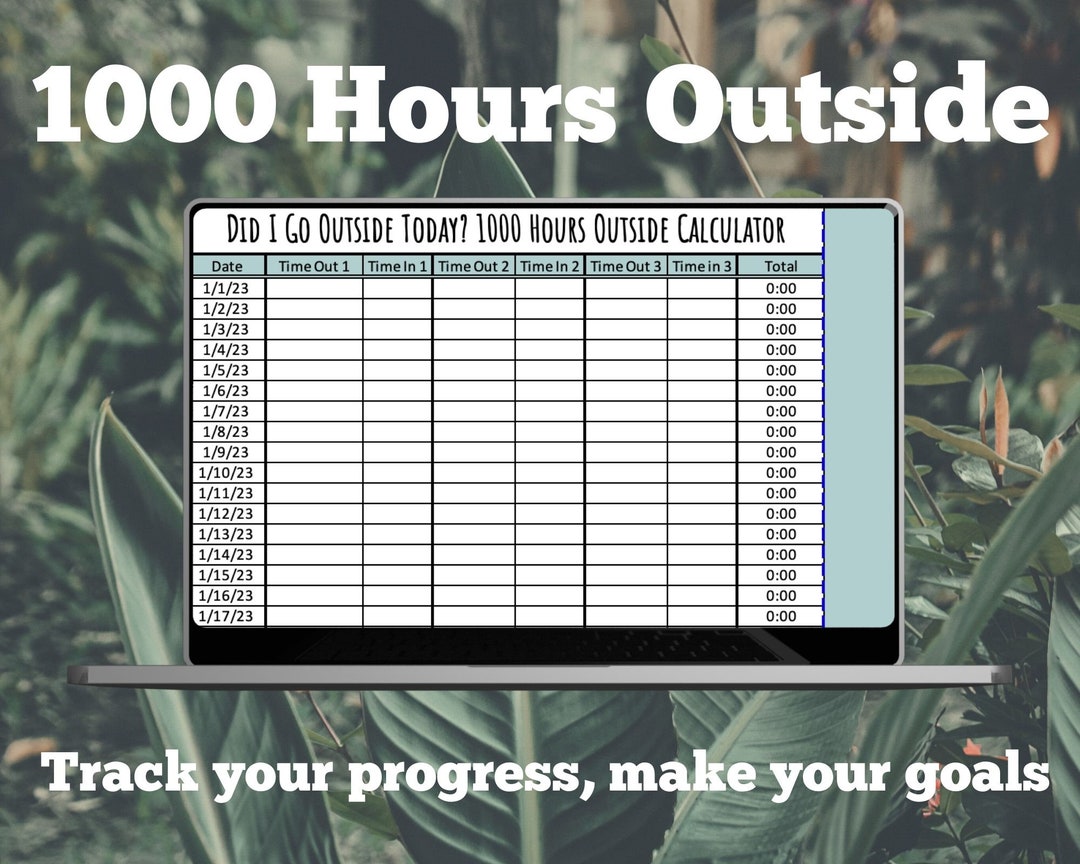Sometimes, a simple phrase like "1000 men 12 hours full video" can really get you thinking about what big numbers truly represent. It's not just about the words themselves, but what those numbers mean when you try to grasp their actual scale. We often toss around figures like thousands, millions, or even billions, yet do we ever pause to consider the real impact or the true size behind them? This kind of phrase, you know, makes us consider the sheer quantity involved, whether it's people, time, or anything else that adds up.
You see, when we hear something like "1000 men 12 hours full video," our minds might try to picture it, but the actual scope can be a little hard to wrap our heads around. It brings up questions about how we count things, how long things last, and how we measure big collections of items or moments. So, it's almost like we are looking at a puzzle, trying to fit together pieces of information that describe something quite large. We're talking about more than just a number; we're talking about a way to think about how much of something there is.
So, what exactly happens when we start to break down these big numbers? How do we even begin to make sense of quantities that go beyond what we can easily see or count with our own eyes? This discussion, in a way, will explore the simple yet profound ideas behind large numerical values, showing how they connect to everyday concepts, and how we can, you know, better appreciate their significance. We'll look at what makes numbers like 1000 special and how they fit into the bigger picture of counting and calculating.
Table of Contents
- Understanding the Number 1000
- How Do We Measure Big Quantities Like 1000 Men?
- What Happens When We Multiply by 1000?
- Exploring Time and Duration for 12 Hours Full Video
- Are There Hidden Patterns in Numbers Related to 1000?
- Can We Predict Numerical Outcomes in a 1000 Men 12 Hours Full Video Scenario?
- What About the History of the Number 1000?
- A Final Look at the Scale of 1000 Men 12 Hours Full Video
Understanding the Number 1000
The number 1000, or just "one thousand," is a pretty important natural number. It comes right after 999 and just before 1001. When you write it down, it's often shown as "1,000," with that comma helping us see the different place values for the digits. It's basically a way of saying you have ten hundreds, or that it's equal to a numerical value of one thousand. So, it's a fundamental part of how we count things, giving us a clear point of reference for larger groups.
When we talk about something like "1000 men 12 hours full video," that "1000" is a very specific count. It's not just a big number; it represents a collection of one thousand individual units. In a scientific way of writing things, you might even see 1000 shown as 10 to the power of 3, or 1 times 10 to the power of 3. This just shows how it's built up from tens, which is pretty neat. It's an even number, too, and it's made up of two distinct prime numbers when you break it down into its smallest parts. This gives it a special spot in the world of numbers, you know, making it quite interesting to study.
This number, 1000, also serves as a building block for even bigger figures. For example, one thousand thousands is what we call a million. This helps us understand how we scale up our counting system. So, whether you're listing numbers from 1 to 1000, or thinking about how many thousands make up a bigger number, 1000 is a consistent marker. It’s a number that helps us organize our thoughts about quantities, especially when those quantities start to get rather large, like in the context of "1000 men 12 hours full video."
How Do We Measure Big Quantities Like 1000 Men?
When you're faced with a quantity like "1000 men," it's a bit like trying to figure out how to count something that's really, really big. It means you have one thousand individual people. We often see these large counts in various situations, like when discussing sales figures or investment options. For instance, if you have a value that's 26 million, and you're thinking in terms of thousands, it truly means you're looking at 26,000 thousands. That, in fact, adds up to something like 26 billion in sales, which is a rather significant amount of money.
So, when we consider "1000 men 12 hours full video," the "1000 men" part is a count, a group of individuals. To understand how we measure and handle such counts, we can look at how money is managed in large sums. Imagine you have a sum of $20,000 to invest. If you can only put that money into units of $1000, you're essentially figuring out how many groups of 1000 fit into 20,000. That's 20 units, isn't it? This way of thinking helps us break down big numbers into more manageable chunks, giving us a clearer picture of the total quantity, even if not all the money needs to be put to use.
The ability to work with these large numbers is quite useful in many different fields. It helps us see patterns and make sense of collections that are too big to count one by one. For example, if you're trying to find how many times a specific digit, like the number 5, shows up when you list integers from 1 to 1000, you're doing a kind of counting. This sort of counting can be approached in a particular way, looking at the forms the numbers take. It’s about organizing your thoughts to count something that appears many times within a large range, much like trying to keep track of a group of "1000 men."
What Happens When We Multiply by 1000?
Multiplying by 1000 is a fundamental operation when we're dealing with big numbers, and it's a key part of making sense of something like "1000 men 12 hours full video" in a numerical way. When you take a value and multiply it by 1000, you are essentially making it a thousand times bigger. For example, if you have 26 million, and you multiply it by 1000, it actually becomes 26 billion. This simple step helps us scale up numbers very quickly, giving us a sense of how vast some quantities can become.
This idea of scaling up also connects to how numbers are divisible. If a number ends with a certain amount of zeros, say 'n' zeros, it means that number can be divided by 10 to the power of 'n'. This means it's divisible by a combination of 2s and 5s, specifically 2 to the power of 'n' and 5 to the power of 'n'. So, when we talk about 1000, which has three zeros, it's easily divisible by 10, 100, and 1000. This property is quite useful when you are trying to understand the factors of a very large number, or, you know, how it might break down into smaller parts.
When we look at something called a factorial, which is the product of all positive integers up to a given number, we often need to count how many times certain prime numbers appear in its factorization. For example, in a factorial, there are clearly more 2s than 5s in its breakdown. So, you really only need to count the number of 5s to figure out how many zeros are at the end of that factorial. This kind of calculation, you see, helps us work with numbers that become incredibly large very quickly, giving us a way to manage their properties without having to write out every single digit, which would be quite a task, even for something as conceptually big as "1000 men 12 hours full video."
Exploring Time and Duration for 12 Hours Full Video
The "12 hours" part of "1000 men 12 hours full video" makes us think about duration, about how long something lasts. Twelve hours is a significant chunk of a day, and when you combine it with a large number like 1000, it starts to paint a picture of something that might take a considerable amount of time to observe or process. Thinking about time in this way often brings up mathematical questions, especially when we consider patterns or sequences over a period. For example, how many times would a specific event happen within those 12 hours if it occurred at certain intervals?
We can look at this idea of duration through the lens of number sequences. Sometimes, you might be asked to find if there are two numbers in a given sequence that differ by a multiple of a very specific, very long number, like 12345678987654321. This kind of proof, you know, helps us understand how numbers behave over a stretch, similar to how we might track something over a 12-hour period. It’s about finding relationships and properties within a set of numbers that extend over a certain range or time frame, giving us insight into their behavior.
Another way to think about duration and large numbers is through the concept of powers. For each integer from 2 up to 10, for instance, you might want to find the last four digits of that number raised to the power of 1000. This involves calculating something like a number to the power of 1000, and then looking at its remainder when divided by 10000. This kind of calculation, which might use ideas like Euler's theorem, helps us work with extremely large numbers and find specific parts of them without having to compute the whole thing. It’s a way of simplifying big numerical problems, even those that might relate to something as long as a "12 hours full video."
Are There Hidden Patterns in Numbers Related to 1000?
Numbers, especially big ones like 1000, often hold interesting patterns, if you know where to look. When we consider something like "1000 men 12 hours full video," the numbers involved might seem random at first, but there are often underlying structures. For instance, think about trying to create different expressions using only arithmetic operators, exactly eight 8s, and parentheses. You might find several solutions, as some people have found on the internet. This shows that even with a fixed set of numbers and rules, there can be multiple ways to reach a certain outcome, revealing patterns in how numbers combine.
Another example of patterns comes from how digits appear within a range of numbers. If you're listing integers from 1 to 1000, and you want to find out how many times the digit 5 will be written, there's a specific way to solve that. The numbers where 5 appears will take on particular forms. This kind of problem helps us see how digits repeat and distribute themselves across a numerical sequence. It's about recognizing the repeating nature of our number system, which, you know, can be quite predictable once you understand the rules.
Even when we're trying to avoid a certain digit, like 9, in a sequence of three-digit numbers, there's a pattern to the choices we have. If you want to avoid a digit of 9, you actually have 9 choices for each of the three positions. This illustrates how constraints can still lead to predictable numerical outcomes. These kinds of numerical explorations, which reveal the consistent behavior of numbers, are what help us make sense of large quantities and durations, giving us a deeper appreciation for the mathematical underpinnings of concepts like "1000 men 12 hours full video."
Can We Predict Numerical Outcomes in a 1000 Men 12 Hours Full Video Scenario?
When thinking about a scenario involving "1000 men 12 hours full video," the idea of predicting numerical outcomes becomes quite interesting. This often involves looking at how numbers grow or change under certain conditions. For example, consider mathematical expressions like (a + b) raised to the power of n, which is a binomial expansion. We know that (a + b) raised to the power of n is greater than or equal to a to the power of n plus a to the power of n minus 1 times b to the power of n. This kind of rule helps us predict the behavior of sums raised to powers.
So, if you look at (1 + 999) raised to the power of 1000, it's greater than or equal to 999 to the power of 001. And (1 + 1000) raised to the power of 999 is also greater than or equal to 999 to the power of 001. These examples show how certain mathematical relationships hold true, even with large numbers, which, you know, can be very useful for making predictions. It’s about understanding the properties that govern how numbers interact, even when they seem quite complex.
In a similar vein, when working with polynomials, you might try to figure out what the coefficient of a specific term, like x to the power of k, is in an expression like (1 + x) raised to the power of n. Or, you might want to identify which terms in a larger expression have a non-zero x to the power of 50 term. These types of problems are all about finding specific numerical outcomes within a broader mathematical structure. They help us predict and isolate particular values, much like trying to foresee how different numerical aspects of a "1000 men 12 hours full video" might play out.
What About the History of the Number 1000?
The number 1000 isn't just a mathematical concept; it also has a bit of a history, especially when we look at how it's been used in real-world contexts. For instance, the United States used to have a $1000 bill, which is now an obsolete denomination of currency. It was issued by the US Bureau of Engraving and Printing. This shows how 1000 has been a significant value in economic systems, representing a substantial sum of money at one point, which, you know, is pretty interesting to think about.
Beyond currency, the way we write and say numbers like 1000 also has a history. When we see "1,000" or "one thousand," it's a natural number that follows 999 and comes before 1001. The comma helps us visually break up larger numbers, making them easier to read and understand. When you write numbers from 1,000 up to 999,999, you typically say how many thousands first (like "one thousand," "two thousand," and so on), and then add the rest of the number. This system helps us organize and communicate large numerical values clearly.
So, the number 1000 is a numeral that stands for the cardinal number "one thousand." It's used to show a quantity or a count that is made up of ten hundreds. It's a foundational number in our counting system, serving as a benchmark for larger scales. Its historical use in currency and its consistent representation in numerical systems highlight its importance. This consistent presence in our numerical language helps us make sense of phrases like "1000 men 12 hours full video," grounding them in a familiar numerical framework.
A Final Look at the Scale of 1000 Men 12 Hours Full Video
Taking a closer look at the phrase "1000 men 12 hours full video" really helps us appreciate the sheer scale of things. We've explored how 1000 is a basic yet powerful number, how we measure large groups, and what happens when we multiply by thousands. We also touched upon how time, like those 12 hours, plays a part in understanding numerical patterns and predictions. We considered, too, how numbers have their own hidden structures and how mathematical tools help us make sense of them.
Related Resources:



Detail Author:
- Name : Elmo Koch
- Username : daren.grant
- Email : goyette.jeremie@bartell.com
- Birthdate : 1990-02-15
- Address : 7394 Bode Hills West Jocelyn, HI 59142
- Phone : 1-361-499-0257
- Company : Mann-Altenwerth
- Job : Protective Service Worker
- Bio : Sed ipsa nesciunt est qui aut. Quam officia nobis aut labore deleniti. Sit iste quisquam omnis ipsa.
Socials
tiktok:
- url : https://tiktok.com/@malika.streich
- username : malika.streich
- bio : Reiciendis ducimus vel et reiciendis. Aut ullam minus omnis quia laborum.
- followers : 4995
- following : 1324
linkedin:
- url : https://linkedin.com/in/malikastreich
- username : malikastreich
- bio : Corrupti id sequi facere minus odit ex.
- followers : 5375
- following : 2307
twitter:
- url : https://twitter.com/streichm
- username : streichm
- bio : Ea veniam quisquam tempora fugit iusto numquam aut. Assumenda quidem dicta optio ullam est est hic. Nisi libero ut sint.
- followers : 2715
- following : 1585
facebook:
- url : https://facebook.com/malikastreich
- username : malikastreich
- bio : Eos enim suscipit vitae iusto architecto dolorum. Sint vel similique quia.
- followers : 3739
- following : 2816
instagram:
- url : https://instagram.com/streichm
- username : streichm
- bio : Iste odit dignissimos et. Et libero dolor placeat nihil alias delectus beatae. Ut esse quia enim.
- followers : 6421
- following : 773